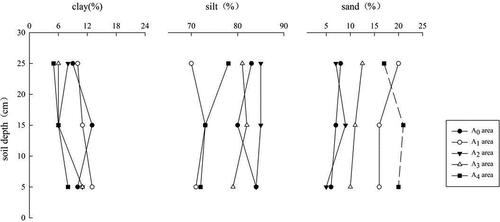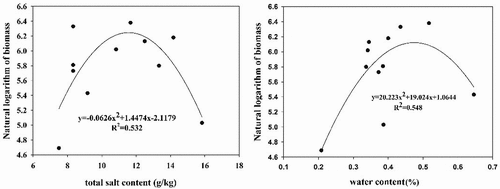Figures & data
Figure 2. Changes in soil water content in different degraded areas.

Figure 4. Soil total salt content in the different degradation areas.
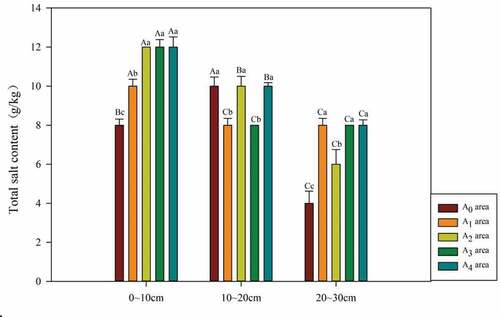
Figure 5. Soil salt ion concentration in different degraded areas.
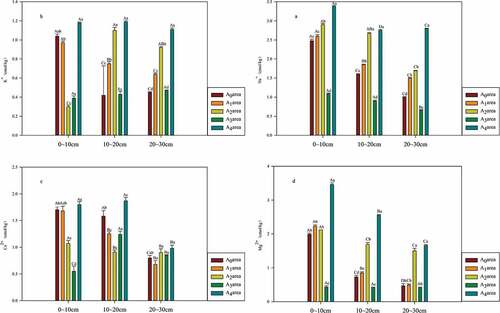
Figure 6. Soil pH in different degraded areas.
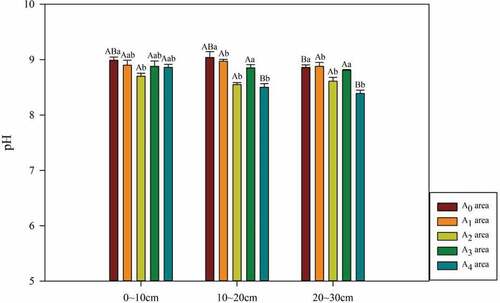
Figure 7. Changes in available soil nutrient concentration in different degraded areas.
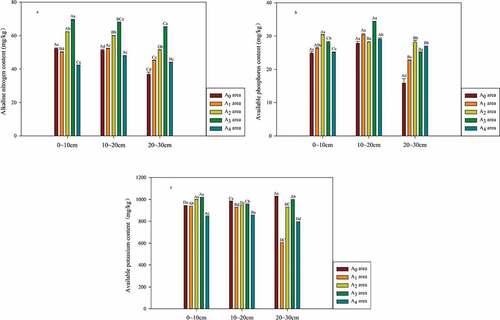
Figure 8. Soil organic matter content in the different degradation areas.
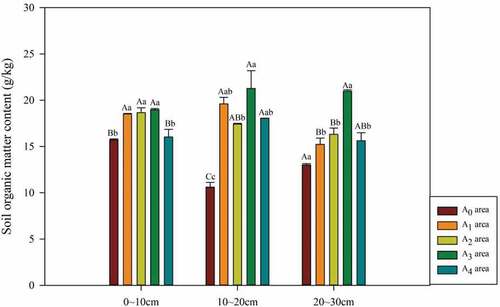
Table 1. Correlation analysis of plant properties of Suaeda salsa.
Table 2. Correlation between Suaeda salsa biomass and soil physicochemical properties.


